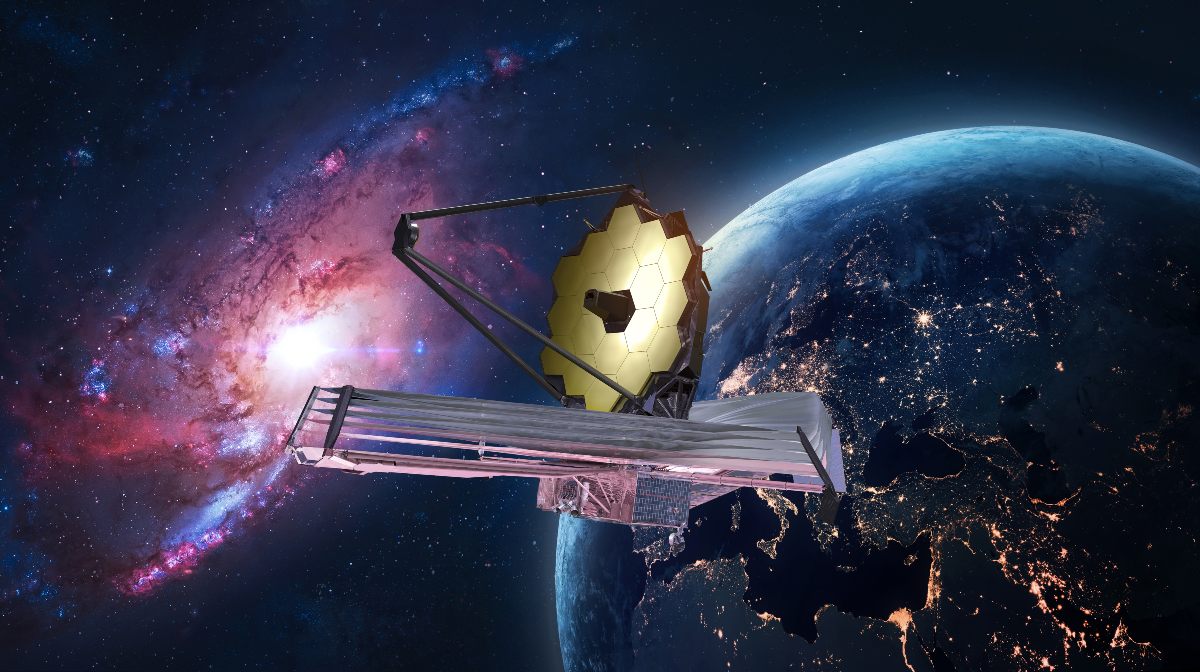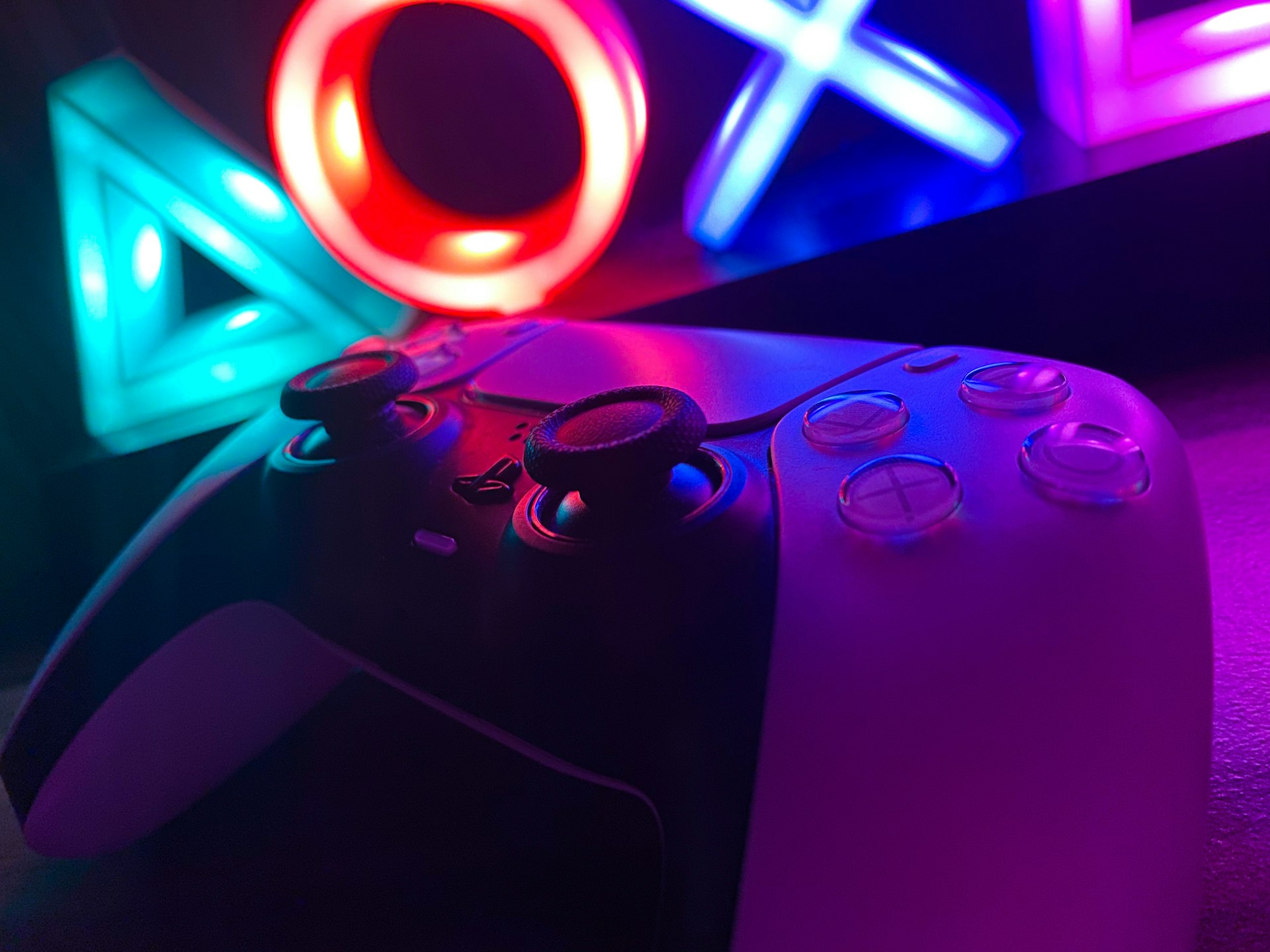The large number of satellites in the universe is affecting Hubble telescope images. These satellites cross the telescope’s field of view, ruining the image acquisition. This seems likely to get worse as more and more satellites are sent to explore space.
The satellites are leaving marks that look like scratches on Hubble’s photographs, something that is beginning to complicate the scientists’ work. For this reason, software has been developed to identify satellite tracks and then hide them from the images. This tool is much more sensitive than the one used previously, so it is expected to reduce satellite traces in a more efficient way.
What is the software to reduce interference in Hubble images?
The software was developed by the Space Telescope Science Institute (STScl) and will make it easier to detect satellite interference in the captured images. According to David Stark an STScl astronomer, a new detection method allowed to establish that the frequency of occurrence of satellite interference has doubled. This prompted the development of the software, 5 to 10 times more sensitive than the previous one, which makes it possible to detect noises in the images that could not be seen with the naked eye.
The technique is called Radon Median Transform and allows to examine the images in depth, more precisely the linear trajectories of the image. The observations obtained by Hubble are assembled from multiple exposures, so interferences such as satellites may appear in one frame and not in the next. With this new technique, it is possible to detect which pixels are affected and how the image is damaged. These pixels are marked and data from unaffected exposures are merged. Finally, a clean and interference-free image can be obtained.
What is the scope of this Hubble telescope tool?
In order to estimate the scope of this software, it is necessary to consider that, at the time of the launch of the Hubble telescope in 1990, there were only a little more than 400 artificial satellites around the Earth. This year that figure grew to 8,000 satellites. Although they do not affect most Hubble images, they are still a problem. In addition to this, space radiation can also affect the images obtained by the telescope, which are also observed as small scratches.
To get an idea, 20 years ago 5% of Hubble images were affected by interference. At present, this occurs in 10% of the images obtained, and is expected to continue to increase. This is a technique that will surely be perfected over time and may be able to cope with the emergence of new satellites.
The drawback of this new tool is that it can only be used on the Hubble telescope. It is not suitable for ground-based telescopes, which may be most affected by satellites or other obstacles.




